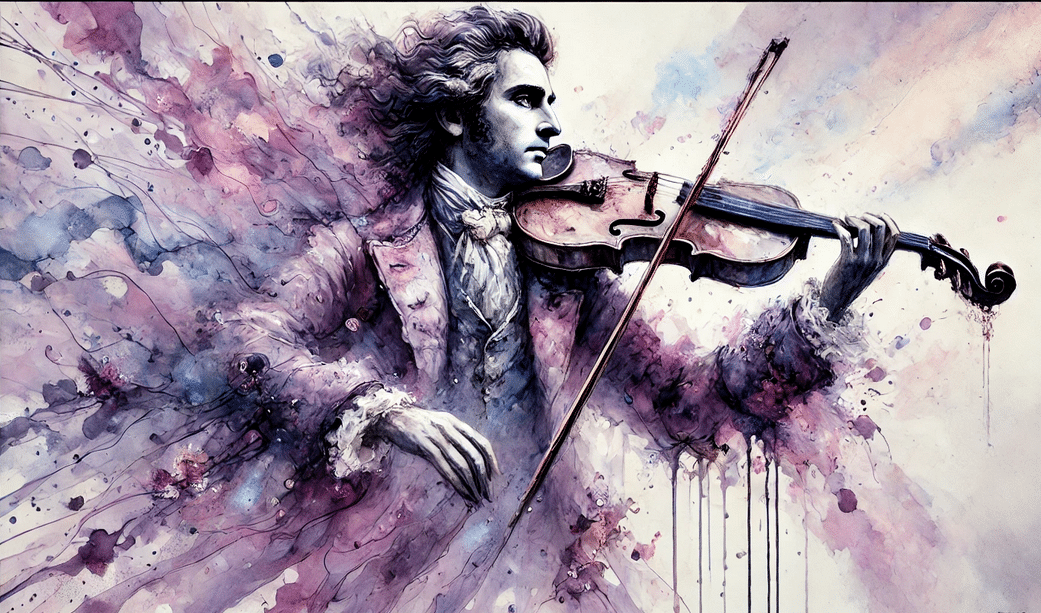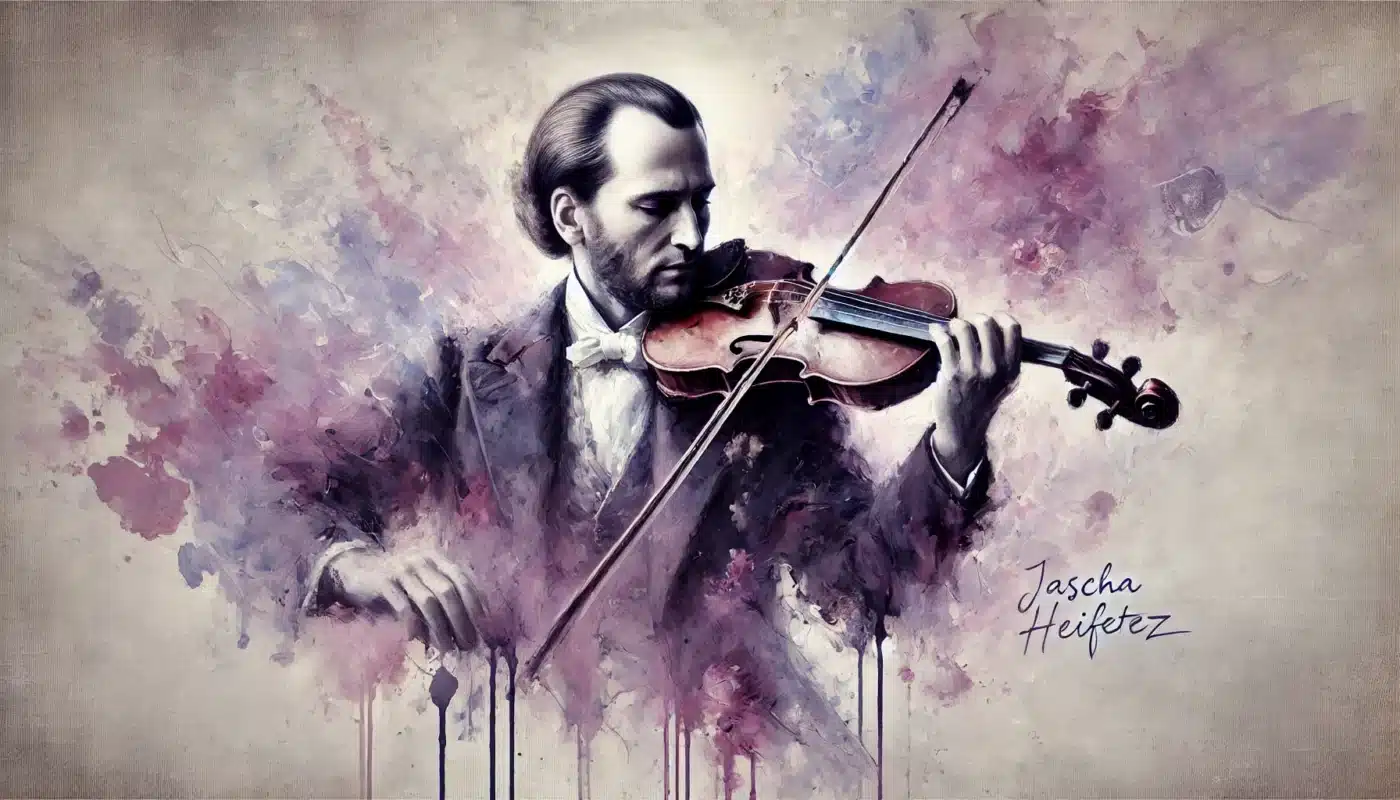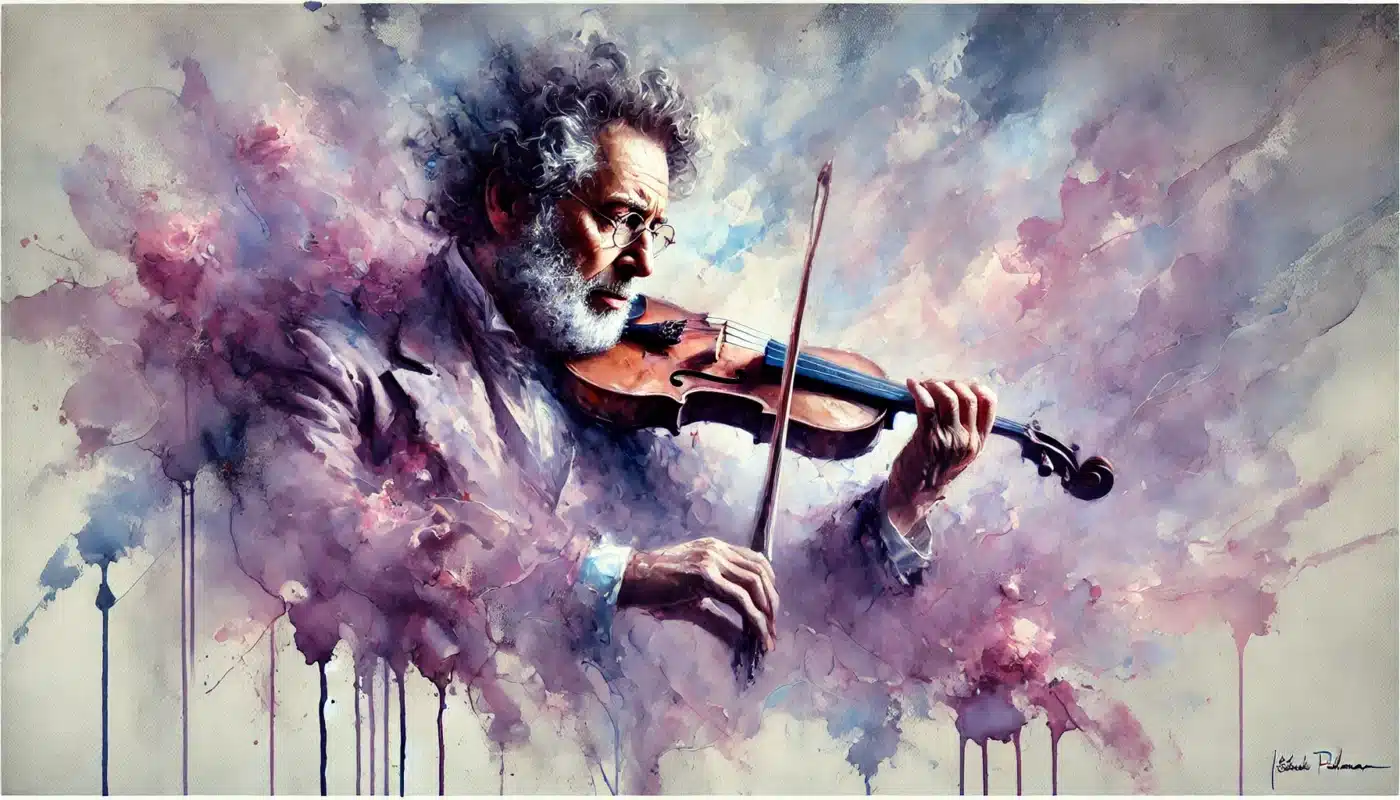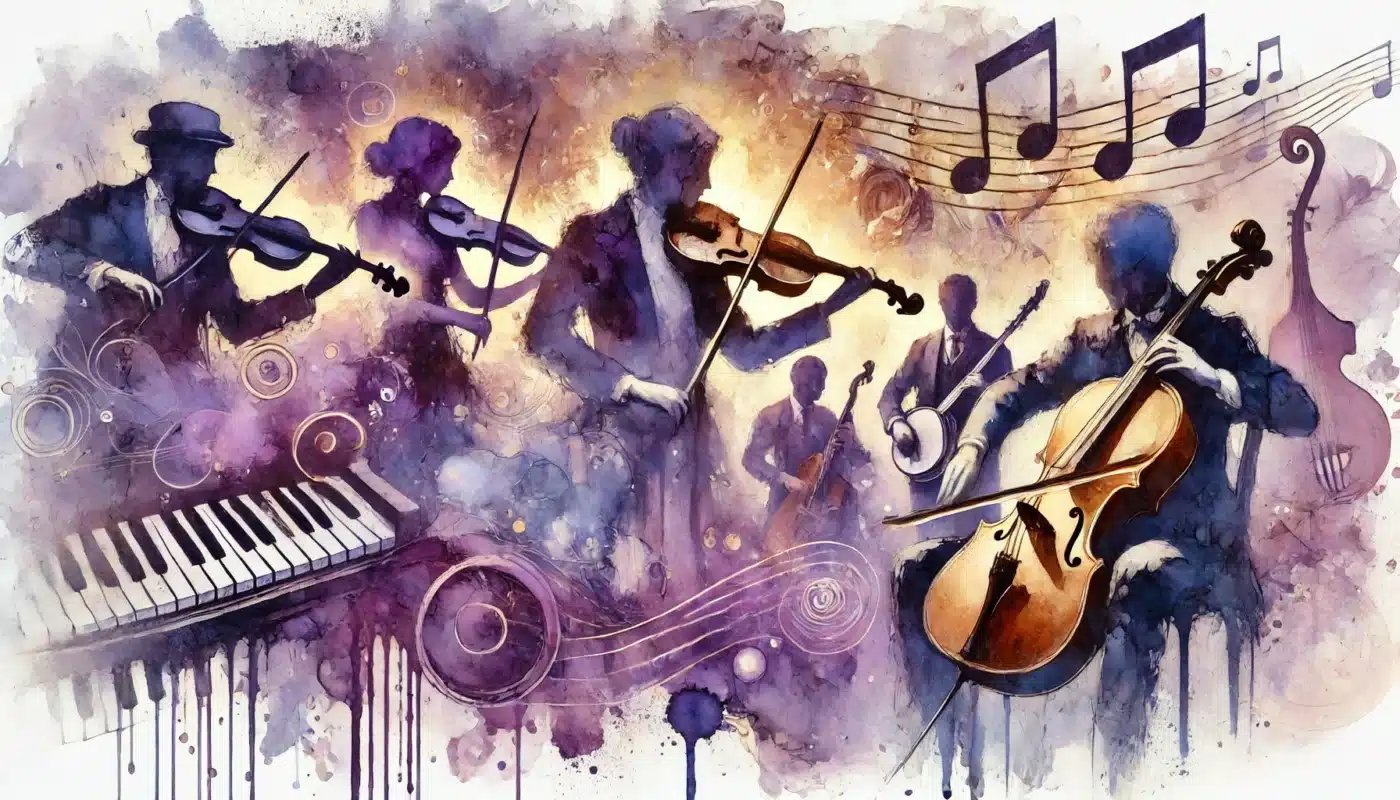Introduction
The violin and viola have inspired generations of musicians to create, innovate, and push the boundaries of what these instruments can do. Throughout history, some players have stood out, making a lasting impact on the world of music.
From virtuosic soloists to boundary-pushing pioneers, these violinists and violists have shown us the true potential of their instruments. In this article, we celebrate some of the most iconic players for both instruments, highlighting their achievements and contributions to music.
If you’re still deciding between the violin or viola, it might be helpful to learn about these legendary musicians and the different paths each instrument can take you on. For a detailed comparison, visit:
Viola vs Violin: Which Instrument Is Right for You?
Legendary Violinists
1. Niccolò Paganini

Niccolò Paganini (1782-1840) is perhaps the most famous violin virtuoso in history. Known for his incredible technical prowess and his showmanship, Paganini revolutionised violin playing with his complex techniques and dazzling compositions.
- Key Contributions: Paganini is renowned for his Caprices for Solo Violin, particularly the 24th Caprice, which continues to challenge violinists today. His incredible abilities even sparked rumours that he had supernatural assistance!
- Legacy: Paganini inspired many composers, including Liszt and Schumann, and set a high standard for technical mastery and emotional intensity in violin performance.
2. Jascha Heifetz

Often regarded as one of the greatest violinists of the 20th century, Jascha Heifetz (1901-1987) was known for his flawless technique and expressive interpretations.
- Key Contributions: Heifetz made significant contributions to the violin repertoire by commissioning and performing works from contemporary composers. His recordings are still held up as examples of technical perfection and musical artistry.
- Legacy: Heifetz set a benchmark for future generations, and his approach to violin technique and interpretation is often used as a reference in violin pedagogy.
3. Itzhak Perlman

Itzhak Perlman (born 1945) is one of today’s most beloved violinists, known for his warm tone, impeccable technique, and ability to connect emotionally with audiences.
- Key Contributions: Perlman has performed with virtually every major orchestra in the world, and he has been an ambassador for classical music on popular platforms, such as his performance at the Academy Awards and alongside Yo-Yo Ma for the score of Schindler’s List.
- Legacy: Perlman is widely recognised for his ability to bring classical music to broader audiences and for his advocacy for people with disabilities, using his own experience with polio to inspire others.
4. Anne-Sophie Mutter
Anne-Sophie Mutter (born 1963) is known for her versatility and adventurous spirit, often premiering new works by modern composers.
- Key Contributions: Mutter has been a strong advocate for contemporary music, commissioning and premiering numerous works by composers like John Williams and Andre Previn.
- Legacy: Mutter’s performances are celebrated for their depth of interpretation and virtuosity, and she has been instrumental in bringing new compositions into the violin repertoire.
Iconic Violists
1. Lionel Tertis
Lionel Tertis (1876-1975) is often credited with establishing the viola as a legitimate solo instrument.
- Key Contributions: Tertis expanded the viola’s role by commissioning and transcribing pieces for the instrument, creating a solo repertoire that showcased the viola’s rich tonal qualities.
- Legacy: Tertis is considered a trailblazer for violists, having pushed the instrument into the spotlight at a time when it was mostly considered an orchestral supporting player.
2. William Primrose
William Primrose (1904-1982) was one of the first internationally recognised viola soloists, known for his dazzling technique and expressive sound.
- Key Contributions: Primrose brought the viola to international prominence with his performances and recordings. He commissioned works from major composers, including Béla Bartók, and made transcriptions of violin works to fit the viola’s range.
- Legacy: Primrose’s influence is felt in the viola world to this day, and his teaching has shaped many future generations of violists.
3. Kim Kashkashian
Kim Kashkashian (born 1952) has been instrumental in expanding the viola repertoire and is known for her warm tone and adventurous approach to contemporary music.
- Key Contributions: Kashkashian has worked closely with modern composers, such as György Kurtág and Tigran Mansurian, and has played a significant role in bringing the viola into contemporary concert settings.
- Legacy: Through her work, Kashkashian has ensured that the viola is seen as an instrument capable of the same virtuosity and expressive depth as the violin, breaking stereotypes and expanding the instrument’s appeal.
4. Tabea Zimmermann
Tabea Zimmermann (born 1966) is recognised as one of today’s leading violists, known for her beautiful tone and passionate interpretations.
- Key Contributions: Zimmermann has performed with many of the world’s leading orchestras and has made significant contributions to expanding the viola repertoire, particularly through her performances of lesser-known works and new commissions.
- Legacy: Zimmermann’s artistry and dedication to the viola have inspired a new generation of violists, and she continues to be a prominent figure in classical music, promoting the rich possibilities of the viola.
How These Icons Inspire Modern Musicians
The influence of these legendary violinists and violists goes far beyond their performances. Their dedication to their craft, willingness to push boundaries, and deep emotional connection to their instruments continue to inspire musicians today.
- Violinists like Paganini and Heifetz have set technical benchmarks that challenge aspiring players to constantly improve and refine their abilities.
- Violists like Tertis and Primrose have shown that the viola is capable of standing centre stage, inspiring modern players to see it not just as an accompaniment instrument, but as one with a powerful voice of its own.
Conclusion
The violin and viola have been shaped by remarkable individuals who have pushed the boundaries of what these instruments can achieve. From Paganini’s jaw-dropping virtuosity to Tertis’s pioneering spirit, each of these musicians has contributed to the legacy of their instrument in unique and inspiring ways.
Their stories remind us that, whether it’s the violin or the viola, the music we create with these instruments has the power to connect, transform, and inspire.

